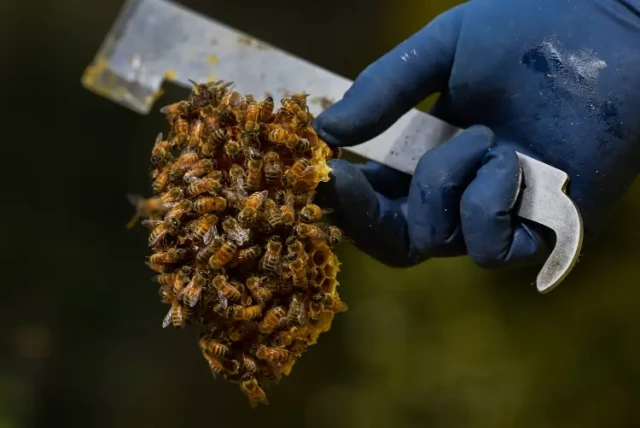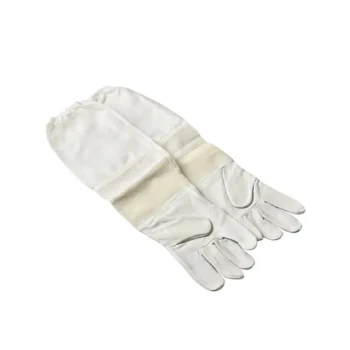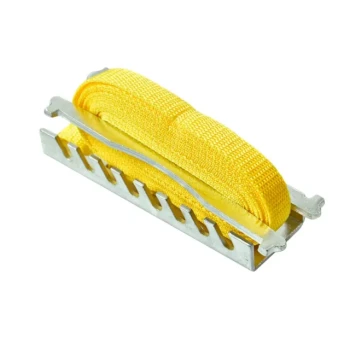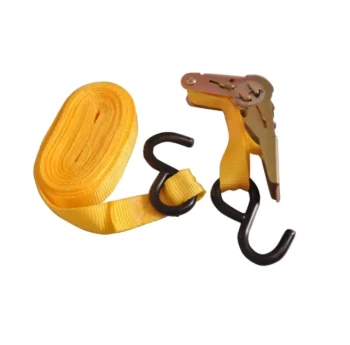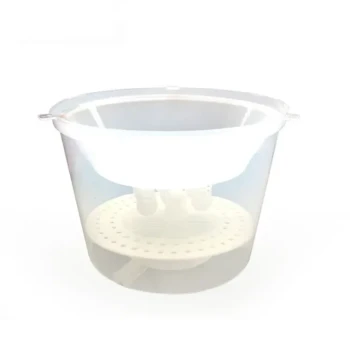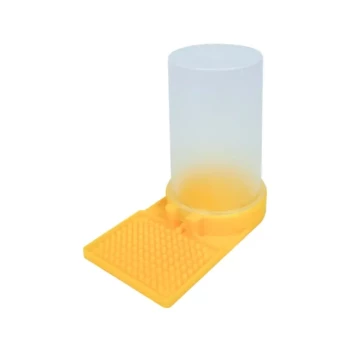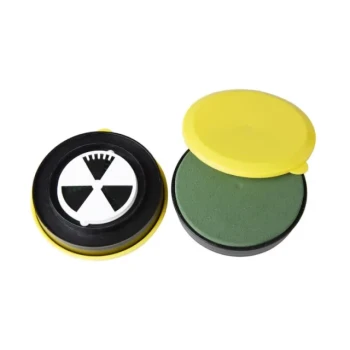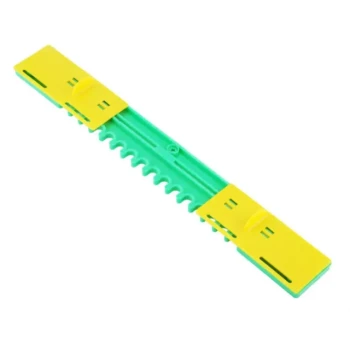New beekeepers often underestimate the impact of proper tool selection on hive health and inspection efficiency. The right equipment not only protects you but also minimizes stress on bees—a critical factor in maintaining productive colonies. This guide covers protective gear, hive management tools, and scenario-specific adaptations to build a functional, bee-friendly toolkit.
Essential Protective Gear for Beekeepers
Bee stings are inevitable, but well-chosen gear reduces risks while preserving mobility.
Veils and Hats: Materials, Fit, and Visibility Considerations
- Materials: Opt for breathable fabrics like cotton or mesh to prevent overheating during summer inspections. Avoid synthetic materials that trap heat.
- Fit: A snug but comfortable fit prevents gaps where bees can enter. Adjustable drawstrings or elastic bands enhance security.
- Visibility: Wide-brimmed hats with black mesh veils reduce glare and improve visibility compared to round veils, which may distort peripheral vision.
Pro Tip: Have you noticed bees targeting your face? A well-fitted veil with a dark interior (bees perceive dark spaces as voids) discourages them from flying near your eyes.
Gloves and Clothing: Balancing Protection and Dexterity
- Gloves: Go for goat leather or nitrile-coated options—they offer sting resistance without sacrificing grip. Avoid thick rubber gloves that limit finger mobility when handling frames.
- Clothing: White or light-colored suits calm bees (they associate dark colors with predators). Reinforced knees and elastic cuffs prevent gaps at ankles/wrists.
Human-Centered Insight: Protective gear isn’t just about safety; it builds confidence during inspections, letting you focus on hive health rather than fear of stings.
Hive Management Tools for Precision and Efficiency
Hive Tools: Types, Propolis Removal Techniques, and Maintenance
- Stainless Steel vs. Titanium: Stainless steel is affordable and resists rust, while titanium is lighter and stronger for heavy propolis scraping. Both should have a sharp, angled edge for prying frames.
- Propolis Removal: Slide the tool’s flat edge along frame grooves—avoid jerky motions that can damage wood. Clean tools with alcohol after use to prevent disease spread.
- Maintenance: Sand handles annually to remove splinters, and oil metal parts to prevent corrosion.
Research Shows: Detailed notes during inspections (e.g., propolis buildup locations) help target cleaning efforts, reducing unnecessary hive disruption.
Frame Rests: Streamlining Inspections and Reducing Stress on Bees
- Function: These hooks or stands hold frames vertically while you inspect, preventing rolling or crushing bees.
- DIY Option: A simple nail on your hive stand can serve as a rest, but commercial rests with non-slip coatings are more stable.
Efficiency Hack: Place rests at waist height to avoid bending and speed up inspections.
Optimizing Toolkits for Different Scenarios
Urban vs. Rural Apiaries: Adapting Tools to Environment
- Urban: Compact smokers with low smoke output prevent neighbor complaints. Use lighter hive tools for rooftop apiaries where weight matters.
- Rural: Heavy-duty gear (e.g., longer-handled tools) suits larger hives and rugged terrain.
Seasonal Maintenance: Prepping Tools for Winter and Swarm Season
- Winter: Store tools in a dry place with silica gel packs to prevent moisture damage.
- Swarm Season: Keep extra frame grips and swarm lures handy—spring inspections require rapid response tools.
Gentle Reminder: Avoid DIY hive construction as a beginner; focus on mastering tool use first.
Ready to equip your apiary? HONESTBEE’s wholesale-focused beekeeping supplies help commercial apiaries and distributors stock durable, bee-friendly tools—because thriving hives start with the right gear.
Products You Might Be Looking For:
View durable stainless steel hive tools
Explore professional beekeeper hats with veils
Related Products
- Beekeeping Gloves Goatskin Leather with Long Cotton Sleeve for Beekeepers
- Goatskin Leather Beekeeper Gloves with Vent Long Sleeve for Beekeeping Honey Bee Sting Proof Protection
- Mesh Ventilated 3 Layer Goatskin Beekeepers Gloves for Beekeeping
- Goat Skin Leather Bee Sting Proof Beekeeping Gloves with Canvas Sleeve
- Professional Galvanized Hive Strap with Secure Locking Buckle for Beekeeping
